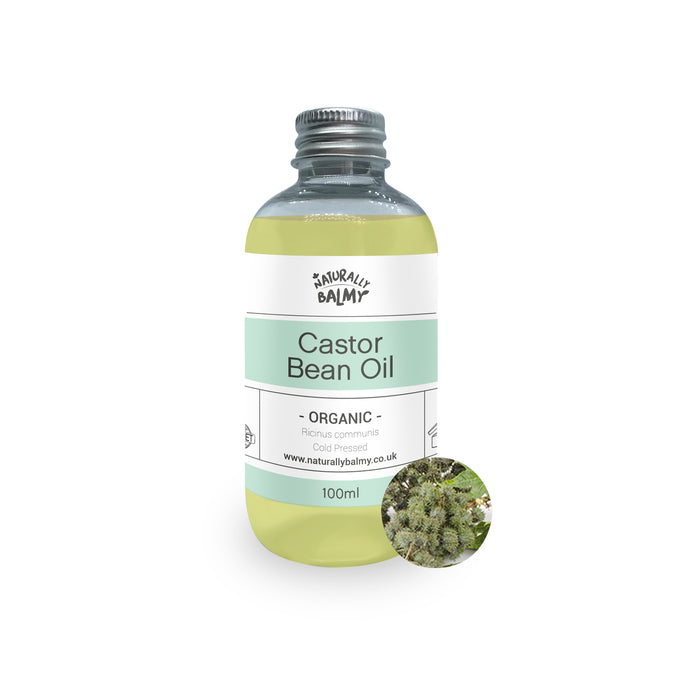NEW PRICES - BETTER VALUE!!!
INCI Name
Ricinus communis
What is Castor Oil?
This oil contains about 90% Ricinoleic Acid, an Omega 9 unsaturated fatty acid, which is responsible for Castor Oil’s anti-inflammatory, antimicrobial, and moisturising properties. The chemical structure of Ricinoleic Acid makes it more polar than other fatty acids, providing humectant properties to this oil. This ingredient also contains small amounts of phytosterols and vitamin E.
Castor Oil has good emollient and lubricating properties, and it also presents an excellent ability to wet and disperse pigments. It sticks well to the skin but spreads poorly, staying in the application area. This characteristic is very important in highly pigmented decorative cosmetics. This oil provides shine and lubrication to makeup products such as lipsticks, lip gloss, and eye mascaras.
What are the benefits of using Castor Oil on your skin?
As a rich emollient and humectant oil, it is ideal for use in cleansers and moisturisers, and is excellent when used in makeup removers.
What are the benefits of using Castor Oil on your hair?
Adds shine to the hair when added to shampoos, conditioners and hair packs.
What does Castor Oil look like?
Clear to pale yellow in colour.
What does Castor Oil smell like?
A weak, natural and slightly earthy aroma.
How to use Castor Oil
Use up to 100% of this heat stable oil in products such as lip balms and glosses, haircare, anhydrous creams, balms, butters, scrubs, and emulsions. It has good oxidation stability and slow absorption.
History and origins of Castor Oil
Native to India, Eastern Africa and parts of the Mediterranean, a spoonful of this oil was traditionally used as a remedy for food poisoning, as it speeds up the removal of the toxins from the body. It has become more popular in cosmetic use due to its protecting qualities.
How is Castor Oil made?
It is obtained by cold pressing the seeds of the Castor plant.
Is Castor Oil suitable for vegans?
Yes.
Fatty acids
Ricinoleic Acid – 82-95%; Oleic Acid – 2-7%; Linoleic Acid – 1-7%; Palmitic Acid – 1-2%; Stearic Acid – no more than 2.5%.
Natural contents
Very high in Ricinoleic Acid. This oil is also hexane free.



